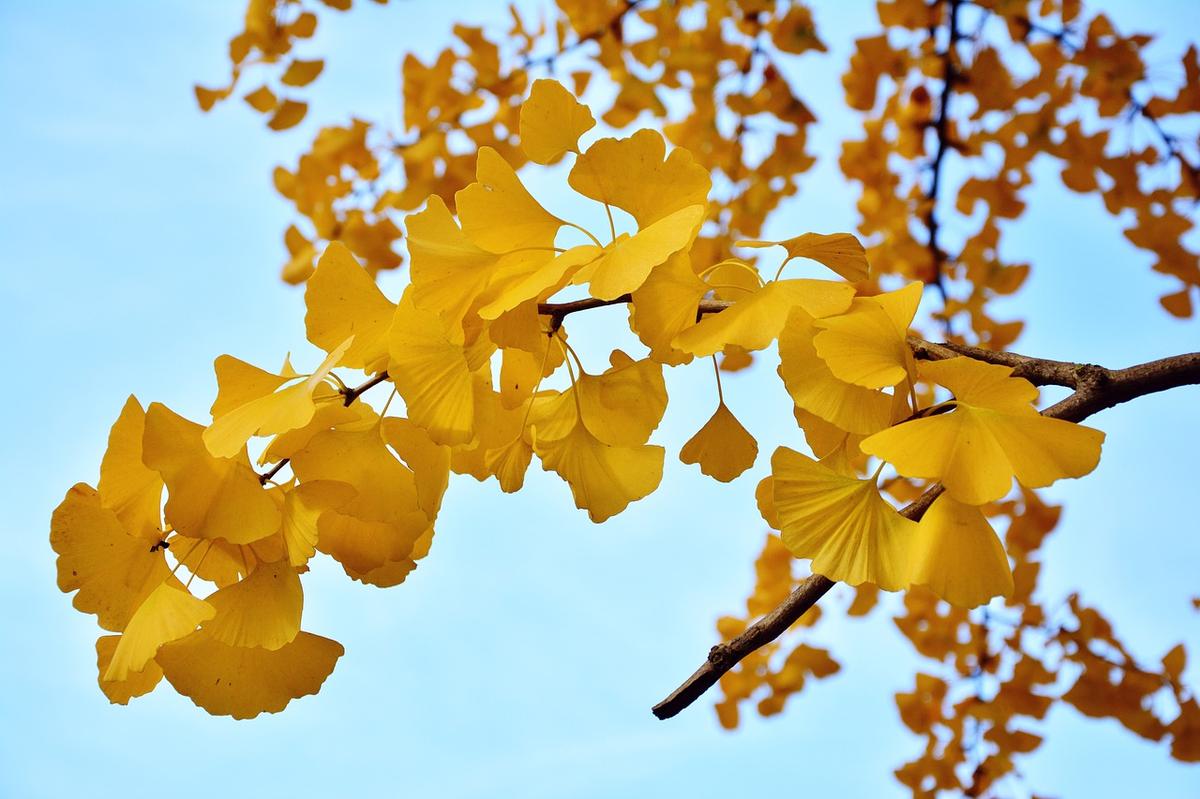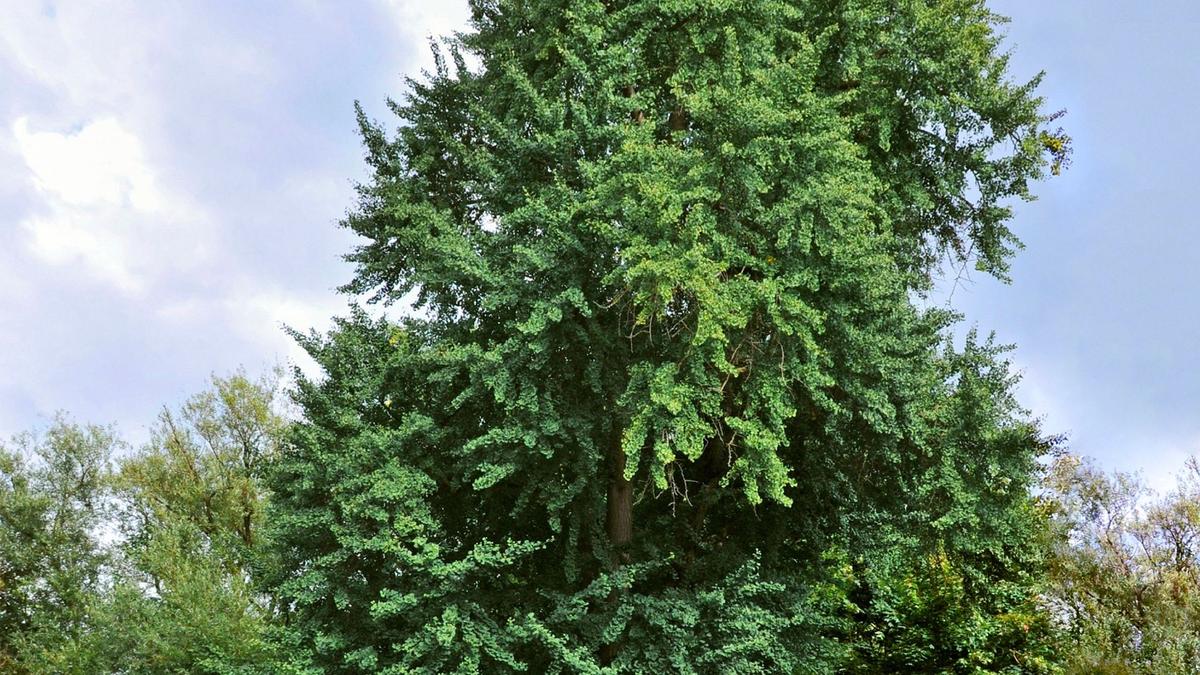The Ginkgo has lived through ice ages and the breaking up of landmasses to create the world map we see today.
| Photo Credit: Wikimedia Commons
On August 6, 1945, a nuclear bomb was dropped on the Japanese city of Hiroshima, extinguishing all life-forms for several kilometres. The land was so utterly devastated that people feared nothing would grow on it again. Yet months after the bombing, one tree species — the ginkgo — sprang to life, astonishing everyone.
Miraculous as this sounds, it is just one episode in the story of this incredible tree that has lived on Earth for more than 200 million years! Scientists call it a living fossil because, despite the passage of time, the ginkgo hasn’t changed much. It has survived mass extinctions that wiped out most other life forms around it, including the dinosaurs. It has endured the shock of new life forms that came afterwards and competed with it for survival. It has lived through ice ages and the breaking up of landmasses to create the world map we see today. A few million years ago, though, the ginkgo began to disappear from most places on the planet. About 1,000 years ago, it could only be found in the East — mainly in China and Japan — where people ate its seeds, used them to treat various ailments, and worshipped the tree as a symbol of longevity and vitality.
Survival instincts
During the 17th Century, western botanists documenting the flora and fauna of the East were struck by this stately tree with its distinctive fan-shaped leaves. The first among them was Engelbert Kaempfer from Germany, who encountered the tree in Japan and called it ‘ginkgo’ based on the Japanese pronunciation. Eventually, ginkgo seeds were taken to Europe and one can only imagine the delight of naturalists who found that it thrived even in their part of the world!

The Ginkgo has distinctive fan-shaped leaves.
| Photo Credit:
Needpix
Once again, the ginkgo began to spread across the world, especially in temperate areas between the tropics and polar regions. Today, it can be seen on the streets of major cities like Seoul, Shanghai and Manhattan. Its hardiness has served it well; it has been able to resist pollution, warming temperatures and many kinds of plant diseases with remarkable ease.
What makes the ginkgo so resilient? Its extraordinary ability to battle all kinds of odds. The tree grows deep roots that keep it stable even against the strongest winds and draw out nutrients from great depths. It releases chemicals that ward off pests and diseases. Even when it grows old, the tree remains strong. Although it prefers loamy soil, the ginkgo isn’t fussy and finds ways to thrive in a variety of environments. In a world full of uncertainties, it stands tall as symbol of resistance and hope.
Published – February 21, 2025 10:00 am IST
